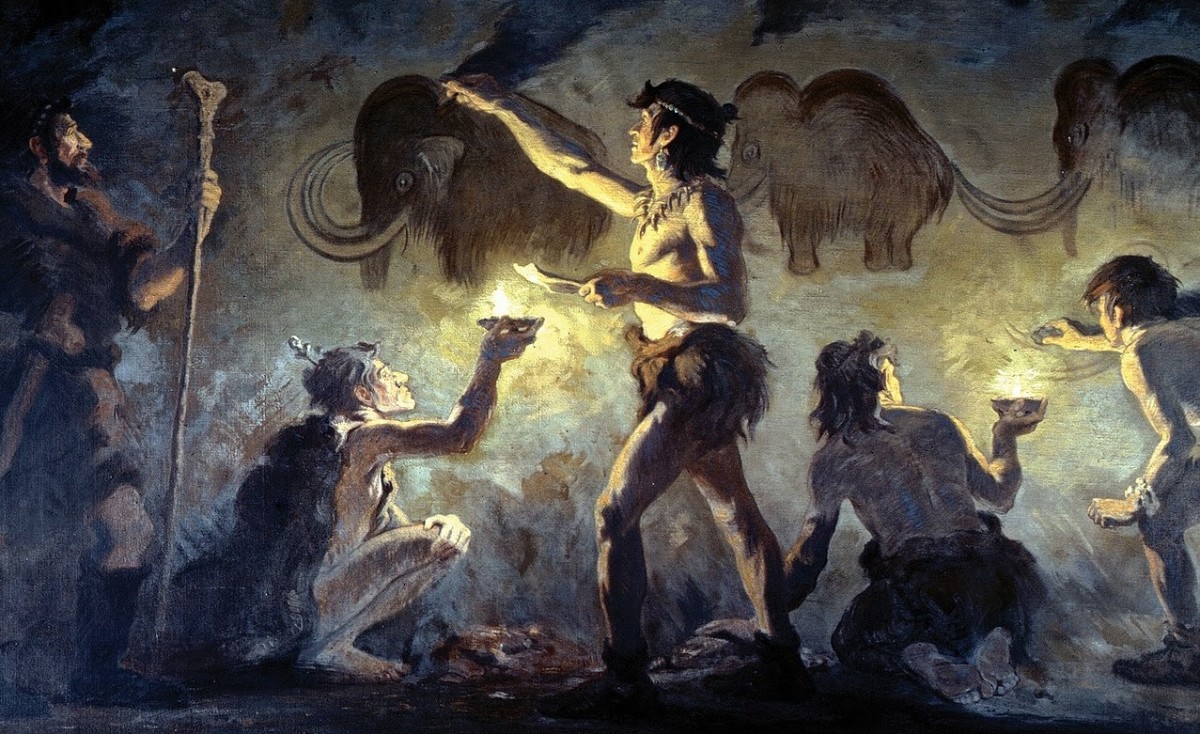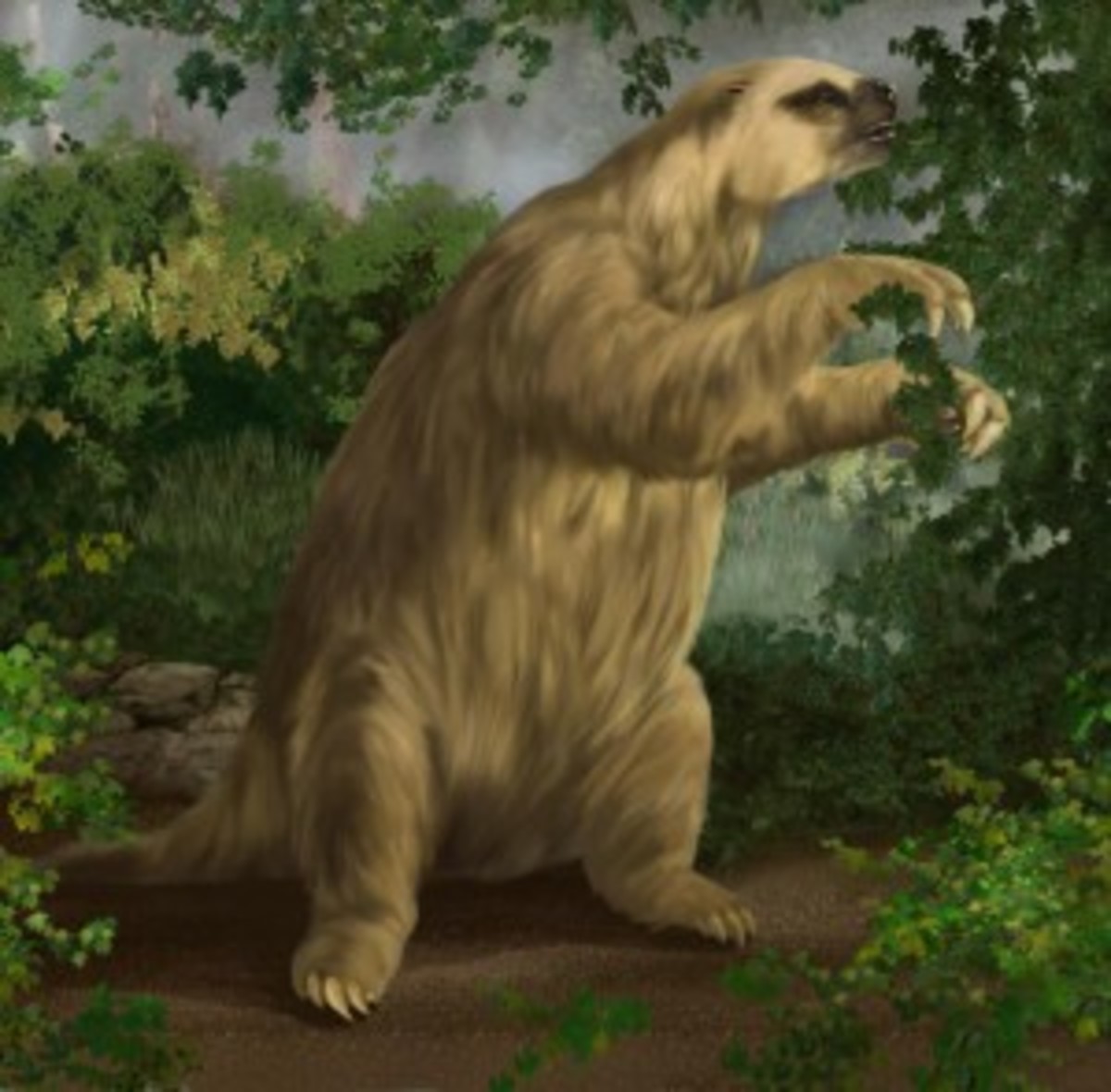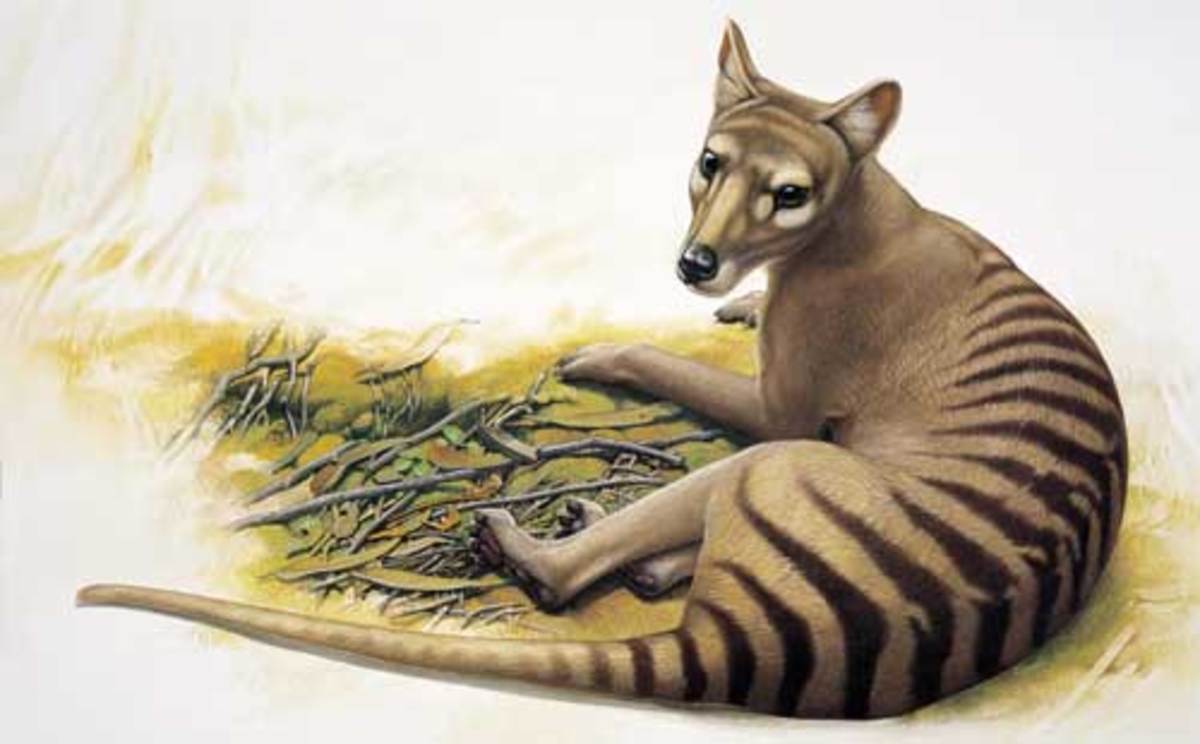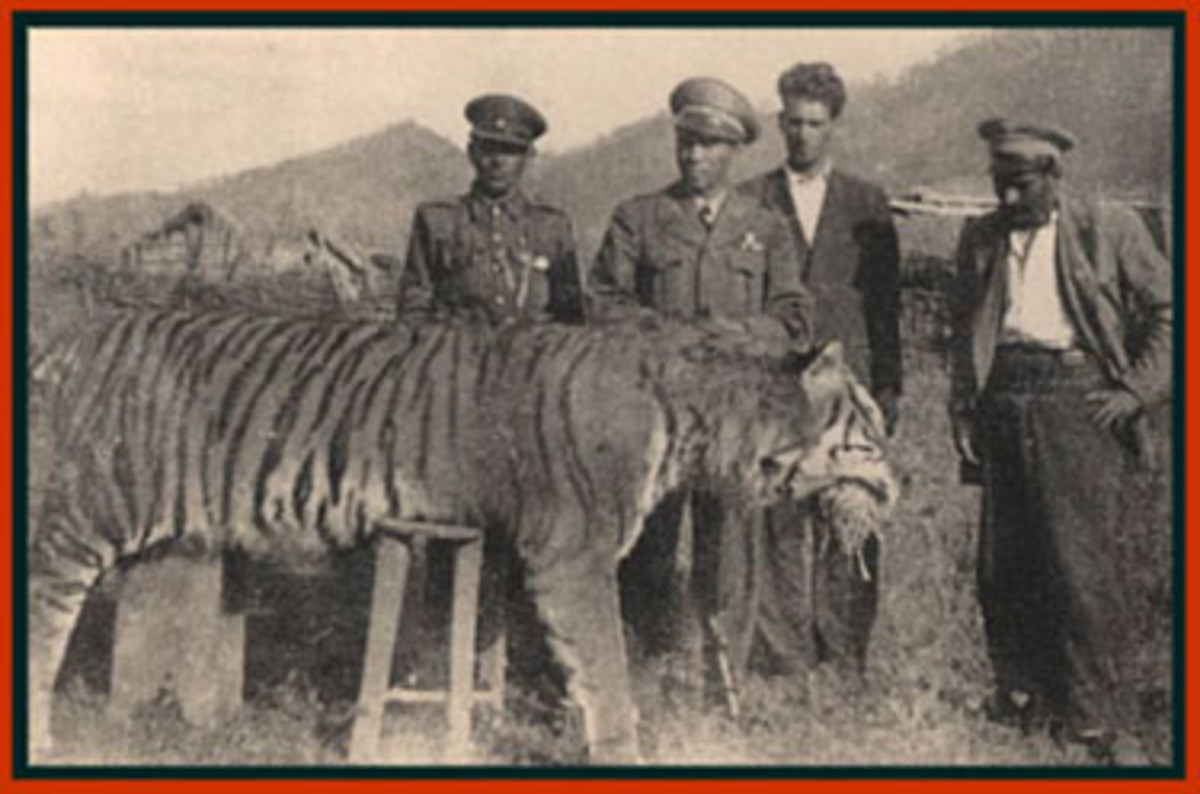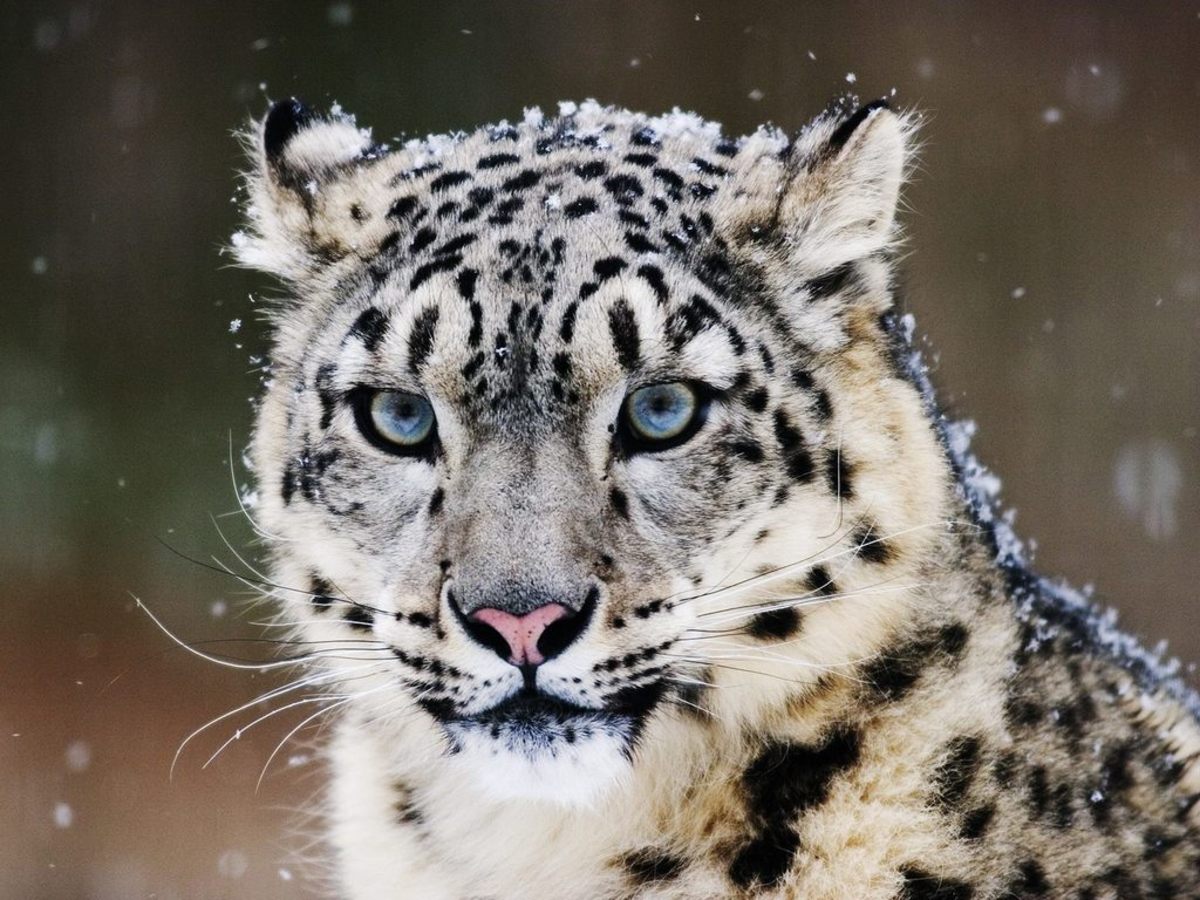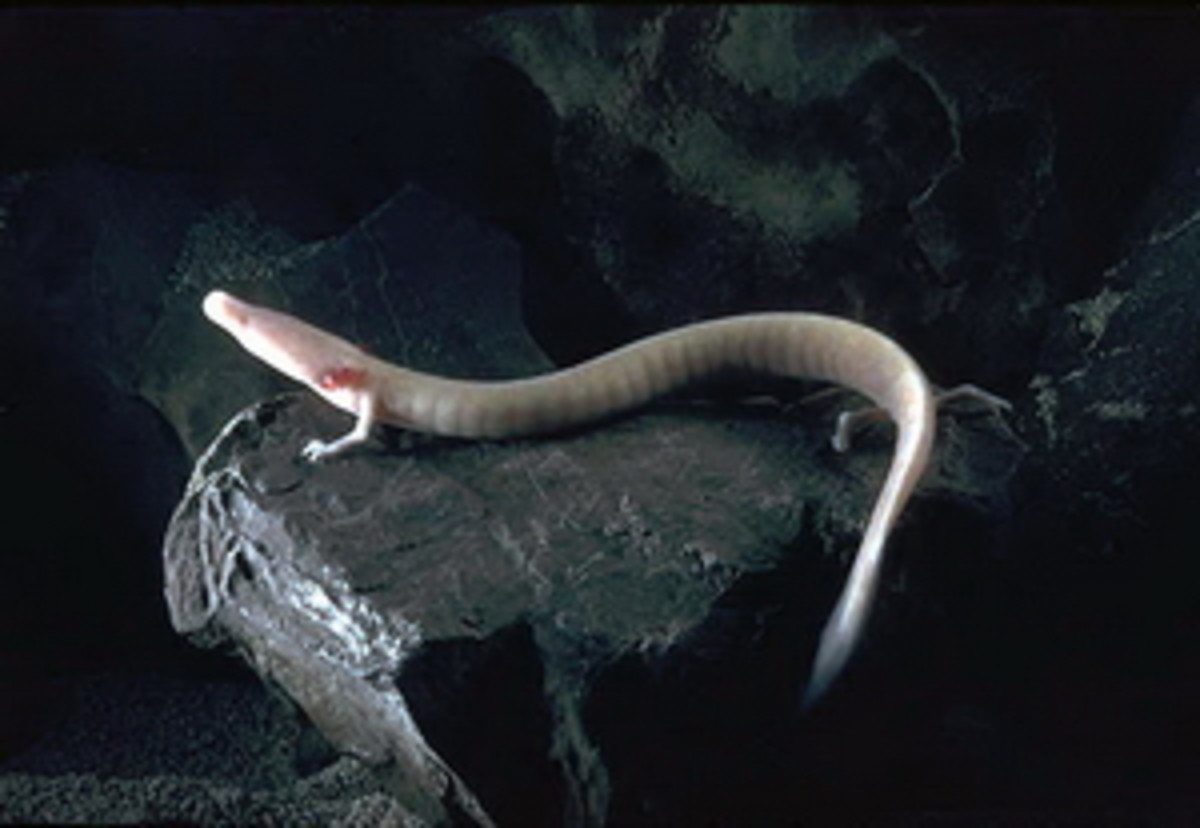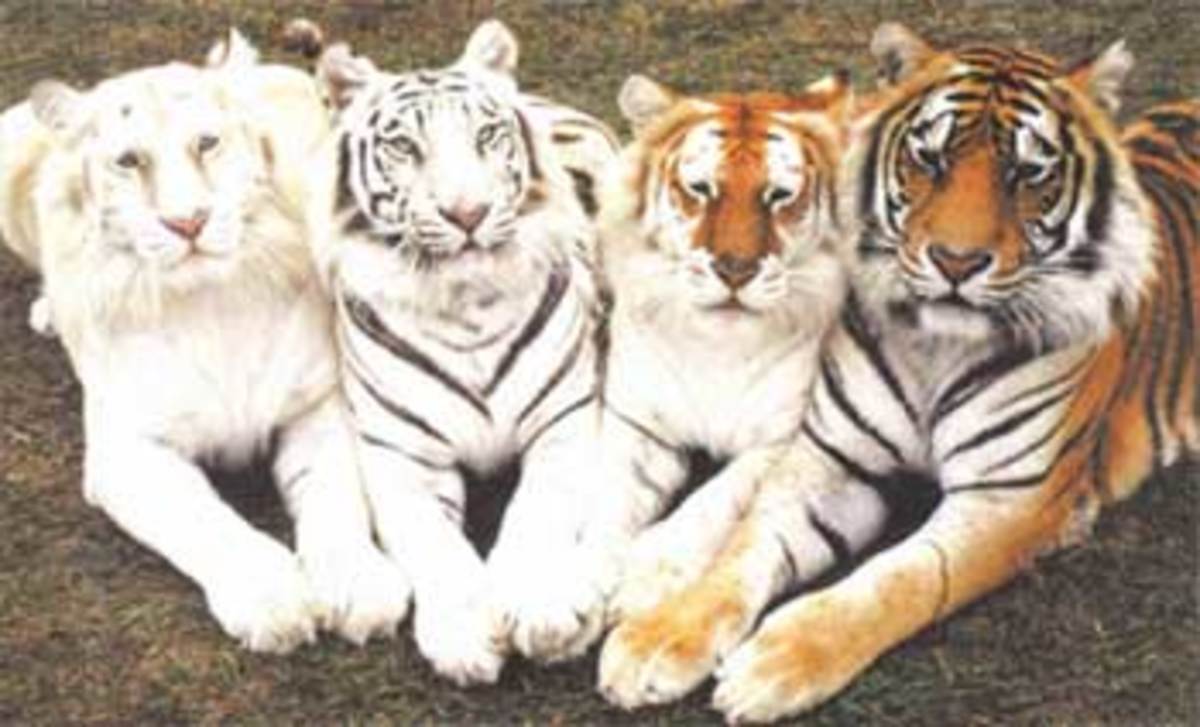- HubPages»
- Education and Science»
- Life Sciences»
- Endangered Species
Extinct Mammals Of The World
Any species is believed to be extinct when the last surviving member of its family is thought to be dead. An organism may become extinct due to a number of reasons, but the most common reasons include an inability to survive in a current habitat. This inability to survive may be assisted by a number of factors, among which being hunted by humans is the biggest factor.
Since centuries, human beings have been diligently wiping out precious species of animals off the face of the earth. It has only been since the beginning of the last century that preservation efforts have been started when scientists realized that there were many species of animals that were actually beginning to disappear off the face of this earth.
Years of man’s ignorance and greed have seen various animals being hunted for their valuable hides and other body parts until the point that these animals began to thin out and eventually died out.
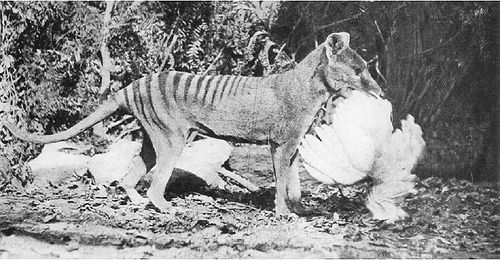
Another reason for the extinction of these animals is our exploitation of the bio-sphere, due to which scientists have predicted that if the same actions continue, one-half of all animal species will become extinct by the year 2100.
Among animals, a large number of mammal’s species have also become extinct. The world became aware of the dangers of extinction at a time when a large number of these extinctions had already taken place, even still, there have been many documented extinctions of mammals during the last century.
Among these, the most notable are:
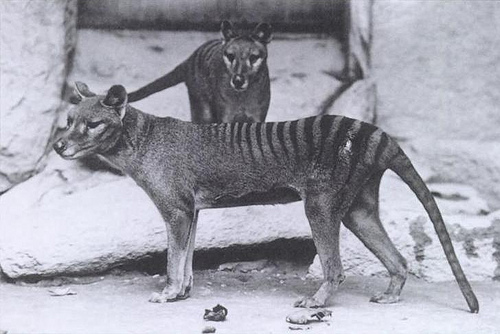
Tasmanian tiger
Also known as the Tasmanian wolf, this mammal is characterized by its wolf-like body and the characteristic stripes on its back. It was a Marsupial animal (the females had a pouch in its stomach where it kept its young cubs) which inhabited the regions of Tasmania Australia and New Guinea.
It is believed that this animal started disappearing a long time ago when the local aborigines started hunting it. When Australia was colonized, this animal was further endangered when the government started giving people incentives for hunting and killing the Tasmanian tiger because of its notoriety as a poultry thief.
The last known wild tiger was killed in 1930 by a farmer in Tasmania and the last captive animal named ‘Benjamin’ died due to neglect on 7th September 1936 at the Hobart zoo.
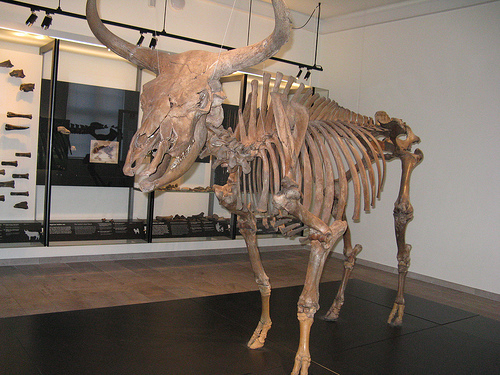
Aurochs
These were the gigantic fore-fathers of the modern day cattle. Aurochs are thought to have first evolved in India about 2 million years ago and then migrated to the middle east and finally to Europe.
Julius Caesar describes these great beasts in his book and says that these were slightly smaller in size than an elephant and were shaped like bulls. This mammal was a very fierce animal and it was considered a great sign among the ancients to have mastered and killed an aurochs. These were more than 6 feet tall in shoulder height and on an average weighed a 1000 kg.
These animals are thought to have become very few in numbers by the 13th century and the last known female died in a polish forest in 1627.
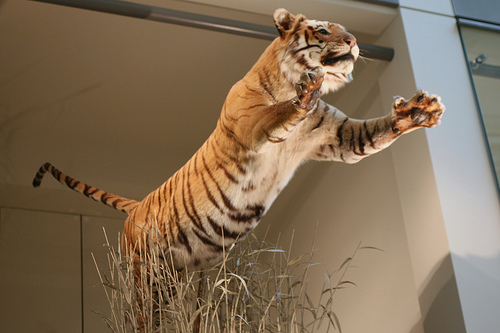
Bali tiger
Another victim of mans vicious pre-occupation with hunting, the Bali tiger became extinct in the early 20th century. This was a carnivore belonging to the Indonesian island of Bali and it is said that these are a distant relatives if the Javanese tiger.
The Indonesian culture portrays these tigers as manifestation of evil and folklore and myth propelled the vast killing of these beautiful animals. These tigers were the smallest of the tiger species and the island that they inhabited was also small, which meant that their numbers were not very large to begin with and they could be easily hunted , due to which they quickly died out.
However the process was aided by Europeans who came to the island on hunting expeditions. The last animal is thought to have been killed on 27th September 1937.

Japanese sea lions
These animals, thought to be the distant relatives of the Californian sea-lions, inhabited mainland Japan and lived in the Sea of Japan around the areas of the Korean peninsula.
The males were a darker color and weighed up to 500 kg and grew to the length of 2.5 meters. The females however were light skinned and smaller in size.
The animal was hunted widely for its fat which was mainly used as oil in oil lamps. Their organs were used for medicines and its skin for leather. These extensive hunting started the extinction and it is thought to have been virtually unseen since the late 1940’s.
The last colony was sighted by coast guards in 1947 and after that no sightings have been made.
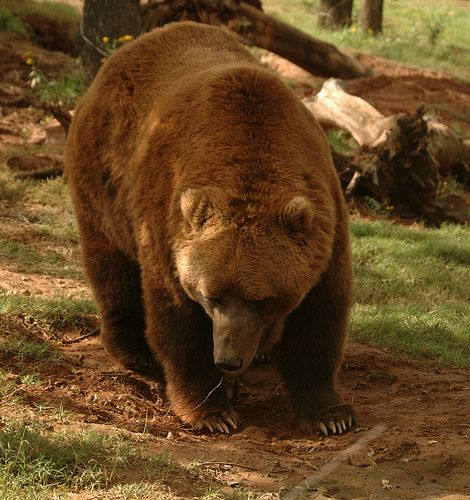
Mexican Grizzly Bear
Inhabiting the northern portion of Mexico, this mammal was once widespread in the regions of southern America and was found in areas from Arizona to Mexico. It was smaller in size as compared to the other species of grizzlies found in those areas and was also lighter in color. It was silver to tawny in color and mostly fed on fruits, plants and occasionally small animals and insects.
This species of bears are said to have been hunted due to various reasons among which the most pre dominant being that farmers viewed them as a threat to cattle and poultry. It is reported that their numbers became very few by the 1930’s and by the year 1939, all the numbers are said to have been killed.
More Facts
- Extinct Species Of The World
Extinction is a normal process in the course of evolution. Species have slowly evolved and disappeared throughout geologic time as the result of climate changes and the inability to adapt to survive... - Seven Wonders Of The Ancient World
Although most people know that a list exists of the Seven World Wonders, only few can name them. The list of the Seven Wonders of the Ancient World was originally compiled around the second century BC. The... - Volcanoes And Some Historic Eruptions
Volcano - it conjures up vivid, lucid images of red-hot lava spewing out of a looming mountain, like mountain of fireworks gone astray, bruising and charring everything that dares to come in its way. But in... - The Pyramids
Pyramids are old stone buildings with a square base. These pyramids were built by ancient Egyptian's to serve as tombs for their kings and queens especially during 2614-2181 BC. The most famous are the... - Natural Regions Of The Earth
The surface of the Earth is divided into twelve natural regions. These regions have been categorized on the basis of surface features, climate and vegetation. Polar regions Polar regions are permanently...


